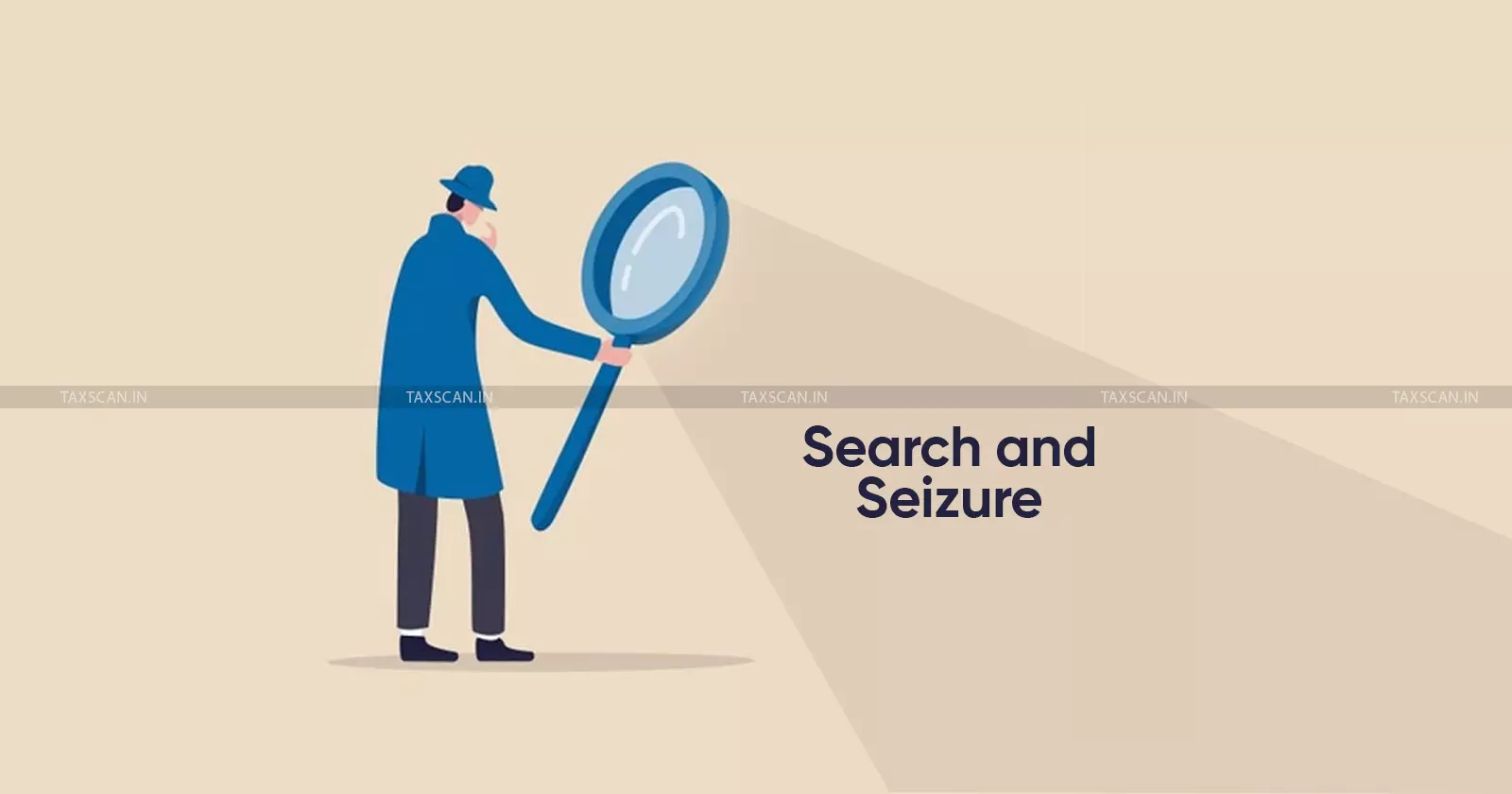CBDT releases Income Tax Search and Seizure Manual, 2025
The revised manual incorporates digital evidence handling, inter-agency data sharing, and updates under new laws including DPDP Act, 2023 and BSA, 2023

The Central Board of Direct Taxes (CBDT) has released the Income Tax Search and Seizure Manual, 2025, the first major update since 2007, bringing sweeping procedural and technological reforms to guide investigation wings and field officers during search and seizure operations under the Income-tax Act, 1961.
The new manual, issued under the Department of Revenue, Ministry of Finance, reflects the transformation in the Department’s functioning over the past decade and a half, particularly the shift toward digital evidence collection and technology-driven investigations.
CBDT Chairman Ravi Agrawal, IRS, in his foreword, noted that the manual has been comprehensively revised in light of “substantial transformation in the working of the Income Tax Department,” where evidence gathered during searches has become “more digital than physical.” He stated the need for heightened sensitivity and skill in handling such evidence, given that it often contains personal data.
The manual now aligns search and seizure procedures with modern data protection and evidentiary frameworks under the Digital Personal Data Protection Act, 2023, Information Technology Act, 2000, and Bharatiya Sakshya Adhiniyam, 2023. It integrates guidance from the Digital Evidence Investigation Manual (2014), currently under its own revision, ensuring legal compliance while handling digital devices and encrypted data.
Key updates include detailed chapters on preparation, conduct, and post-search proceedings; requisition of records under section 132A; handling penalties and prosecutions; investigation of undisclosed foreign assets under the Black Money Act, 2015; and actions under the Prohibition of Benami Property Transactions Act, 1988.
The manual also incorporates guidance on inter-agency data sharing through mechanisms like FIU-IND, NATGRID, and MCA21, reflecting the department’s increasing reliance on integrated intelligence from domestic and foreign jurisdictions, including FATCA and CRS frameworks.
Further, it includes detailed procedures on valuation, seizure, inventory management, digital data protection, and cross-border cooperation, along with revised provisions for rewards to informants and departmental personnel, reflecting the revamped incentive structure.
Highlighting the government’s focus on non-intrusive tax administration, Agrawal reiterated that while campaigns like ‘PRUDENT’ and ‘NUDGE’ have enhanced voluntary compliance, search and seizure operations remain vital in uncovering unaccounted assets and black money both within India and abroad.
The Search and Seizure Manual, 2025 is intended as a dynamic guidance document, with CBDT encouraging officers to regularly provide feedback to keep it “updated and contemporary.”
Support our journalism by subscribing to Taxscan premium. Follow us on Telegram for quick updates


